Art & Photography, Culture, Style
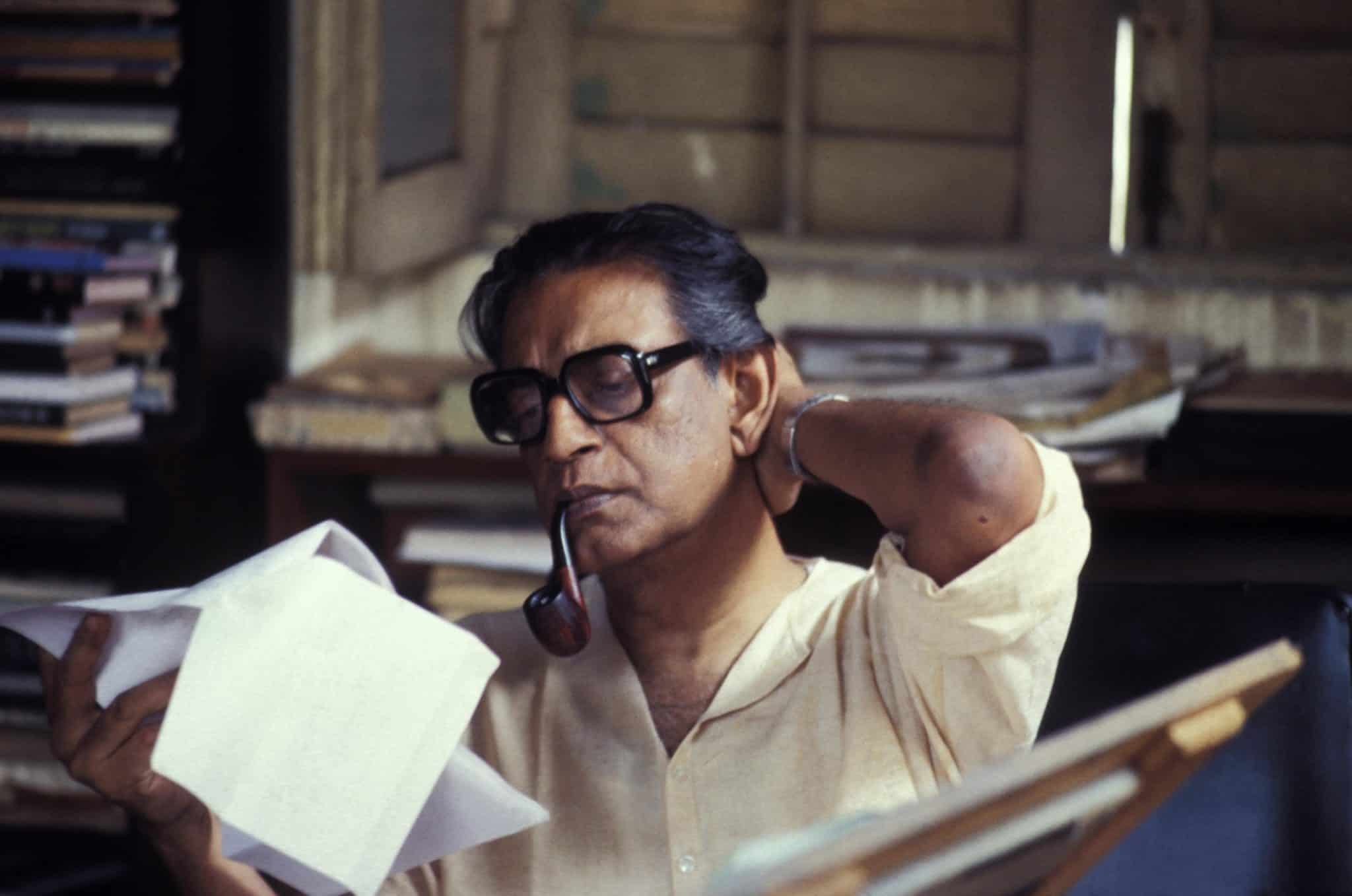
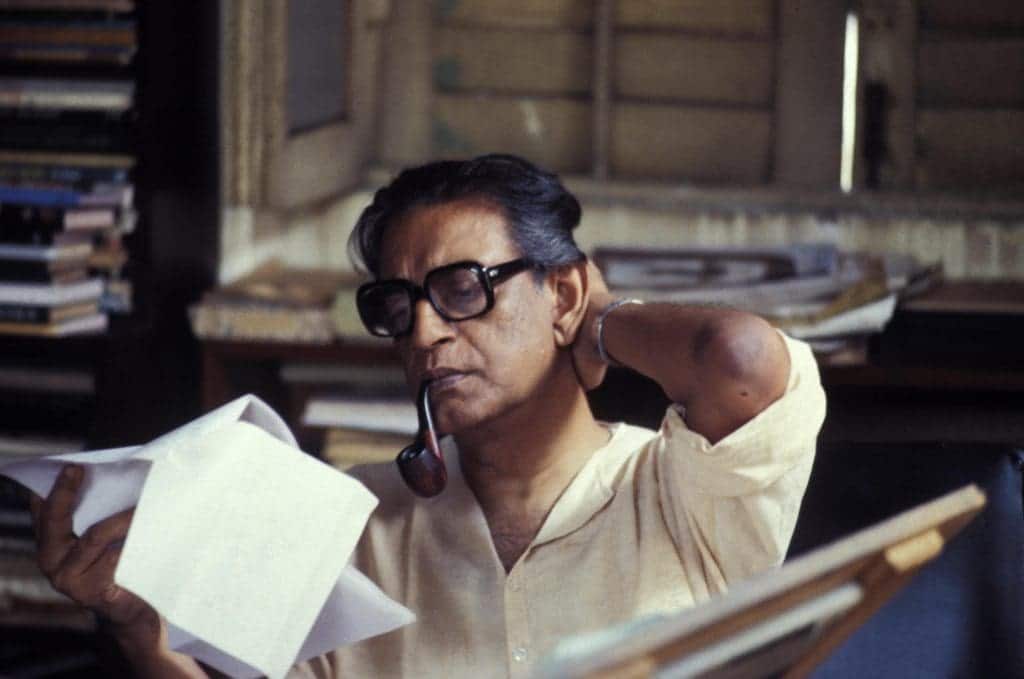
Although they sit behind the camera, letting the stars of their time shine brightly for adoring viewers, some thought must be given to the way directors dress. The personal style of great auteurs allows their eye for particular sartorial details to match the way they approach their work – a singular flourish here and there, with trademarks that are obviously no accident. Francis Ford-Coppola’s Apocalypse Now shirt, on the film’s shoot. John Singleton in a South Central LA cap. Sergio Leone’s figure-hugging pink polo shirt. All are iconic moments in film history that add to the mythication of these filmmakers, complimenting the way audiences experience their cinema by inviting their personalities to our subconscious. It would be a great disappointment if Wes Anderson did not dress as though he could star in his own films. So, it is a rather nice (not unnoticed) quirk that he enjoys wearing the same thick cord jackets in windy Cape Cod, or white cotton suits in India, as his characters. Wes himself is apparently living in a Wes Anderson movie.
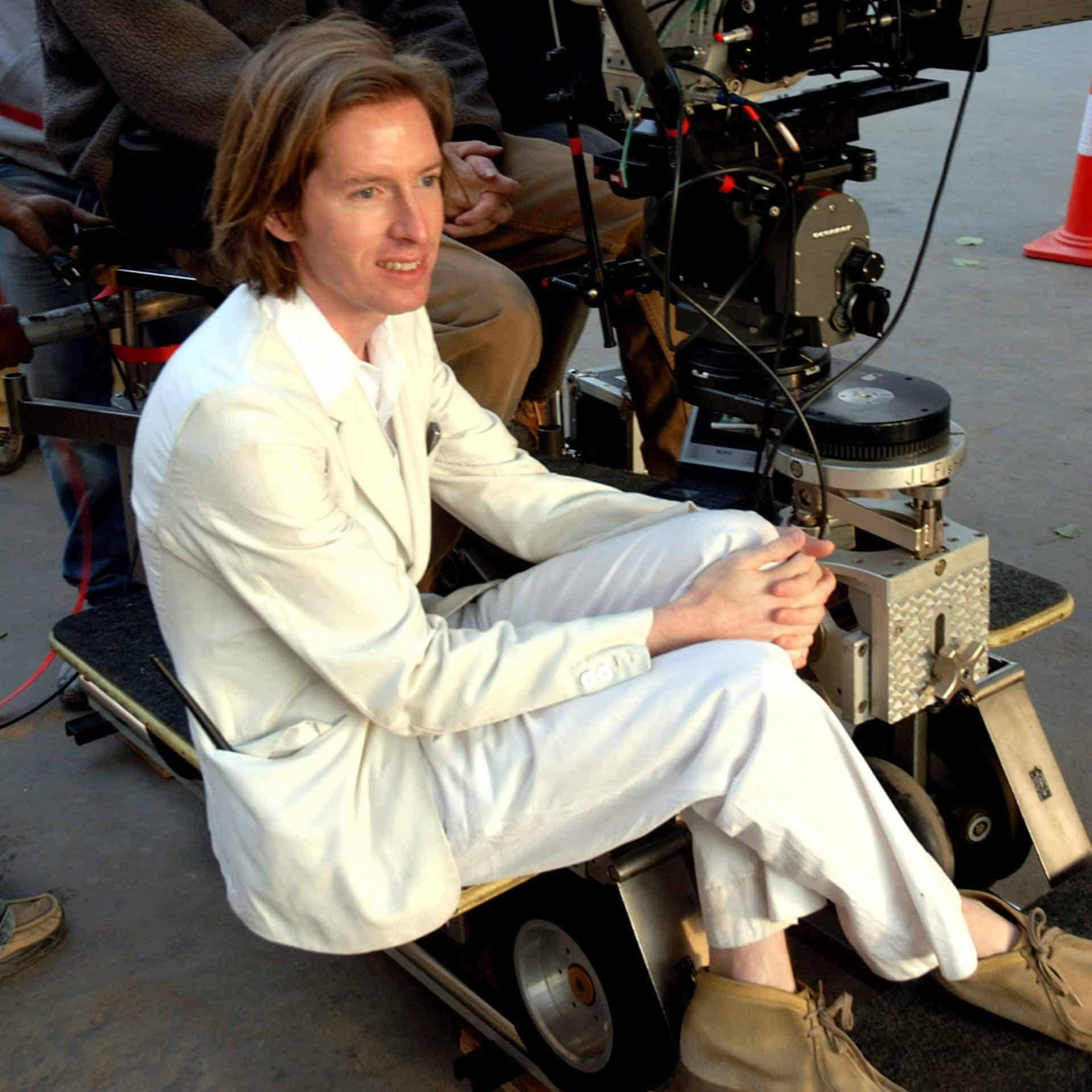
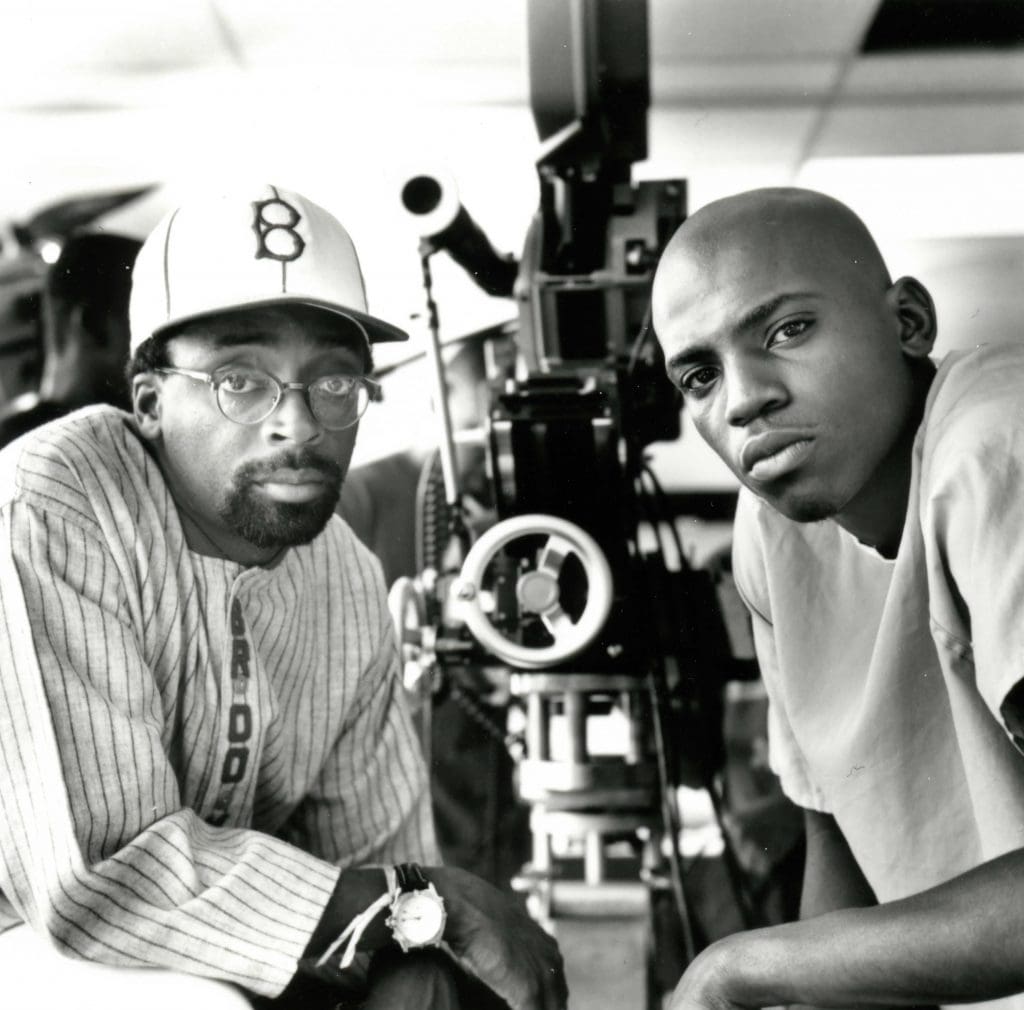
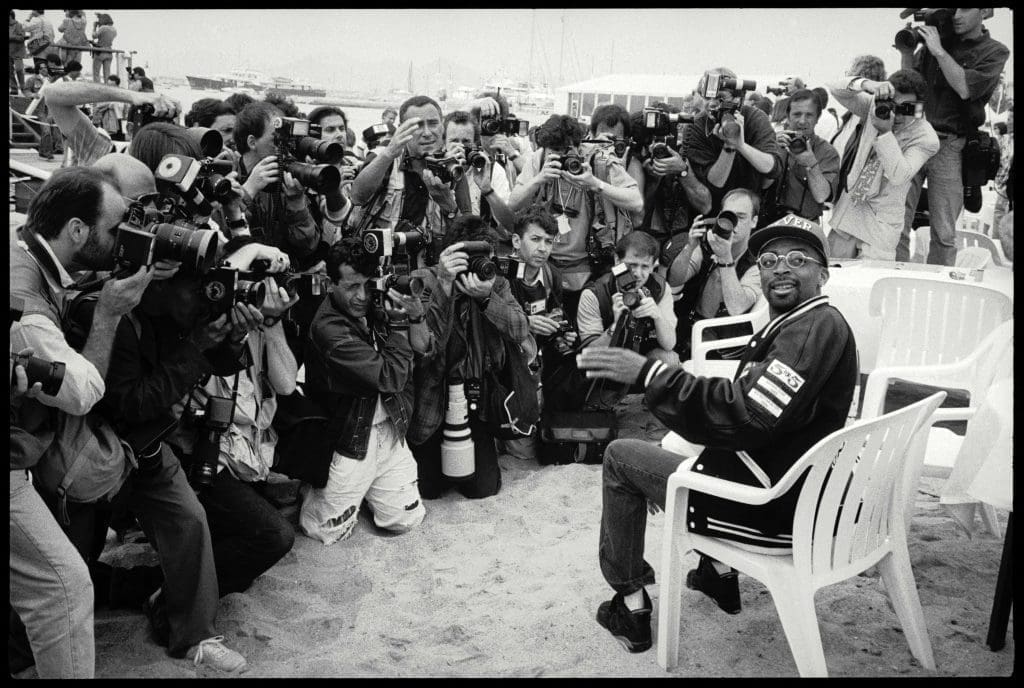
This is very similar to Spike Lee, whose commitment to streetwear make him seem more deeply connected to the urban landscapes he not only hails from but portrays in his work (his character Mookie in Do The Right Thing dresses exactly as Spike did in his courtside photos from the 1990s). Spike may not have taken home the Palme d’Or when he was in contention in 1991, but the iconic filmmaker’s residence at Cannes helped him to take the industry by storm. Though the Coen’s Barton Fink was the winner, the film on everyone’s tongue was Spike’s JungleFever, focusing on the social politics of interracial love in America. The radicalism of the Harlem-set film, paired with Spike’s commitment to sleek streetwear, injected the festival with a cool it hadn’t felt before, and established a certainty: If Spike goes to Cannes, he’s taking New York with him. As the times move on, Lee’s style has remained rooted in African-American culture, wearing creations from designers like Virgil Abloh, who were themselves perhaps inspired by Lee’s cinema.
In the sixties, the great Michelangelo Antonioni cut a shape of elegance and grace behind-the-scenes. It is easy to imagine him in La Notteor L’Eclisse, walking the streets of Rome in the same meticulous dark tailoring as Marcello Mastroianni. Is an auteur’s personal style an extension of their filmmaking, or vice-versa?

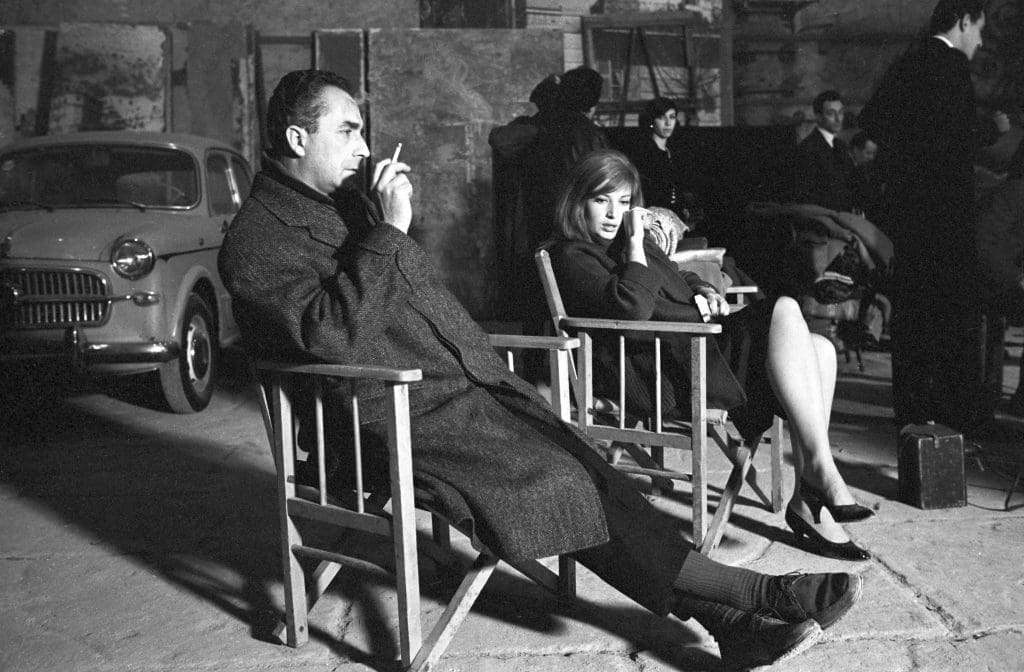

Sometimes, our very favourite ‘Director Fit’ (a term coined on a popular social media profile) remains impressive just for how casual and relaxed they appear in a setting of chaos. After day 126 of intensive shooting, the sleeves roll up; thick, souvenir jumpers – as seen on Kathryn Bigalow here – are thrown on, and in many of these directors’ cases, unusual hats find them- selves perched on their heads, worn with a particular authoritative confidence. Al- though a native of Queens, New York, John Frankenheimer often wore wide-brimmed fishing hats: a staple of the Americana style that, with his selection of denim and over- shirts, he clearly felt a penchant for.
Some hats might have a deeper symbolic meaning. When asked to interview himself for Svensk Film industry, Ingmar Bergman brought up the matter of his black beret, something he was rarely with- out when shooting: “It is not a beret!” the Swede wrote, “It is a radar. With this radar, I make movies, and it has never been inferior to the aforementioned underwear [or] glasses…”
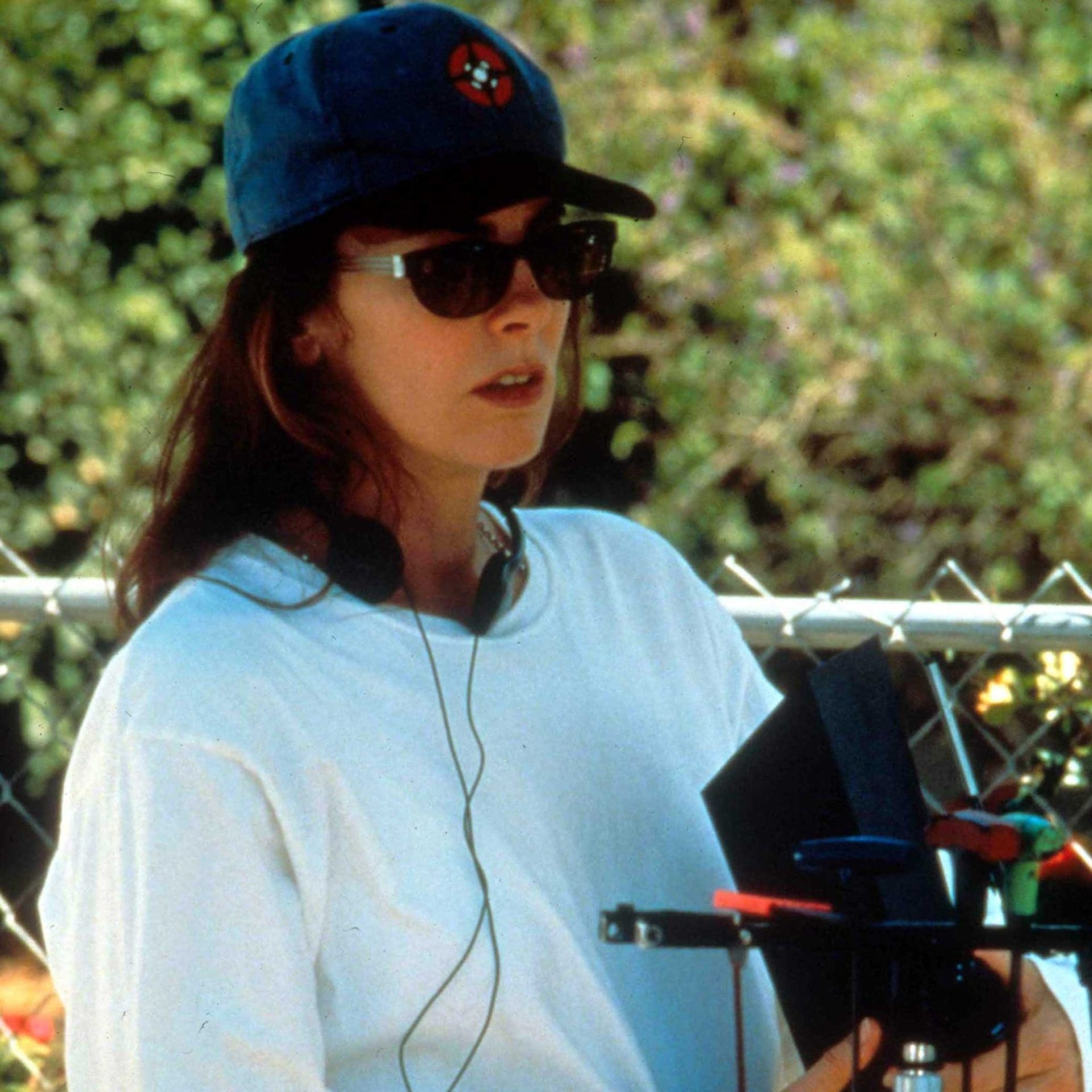
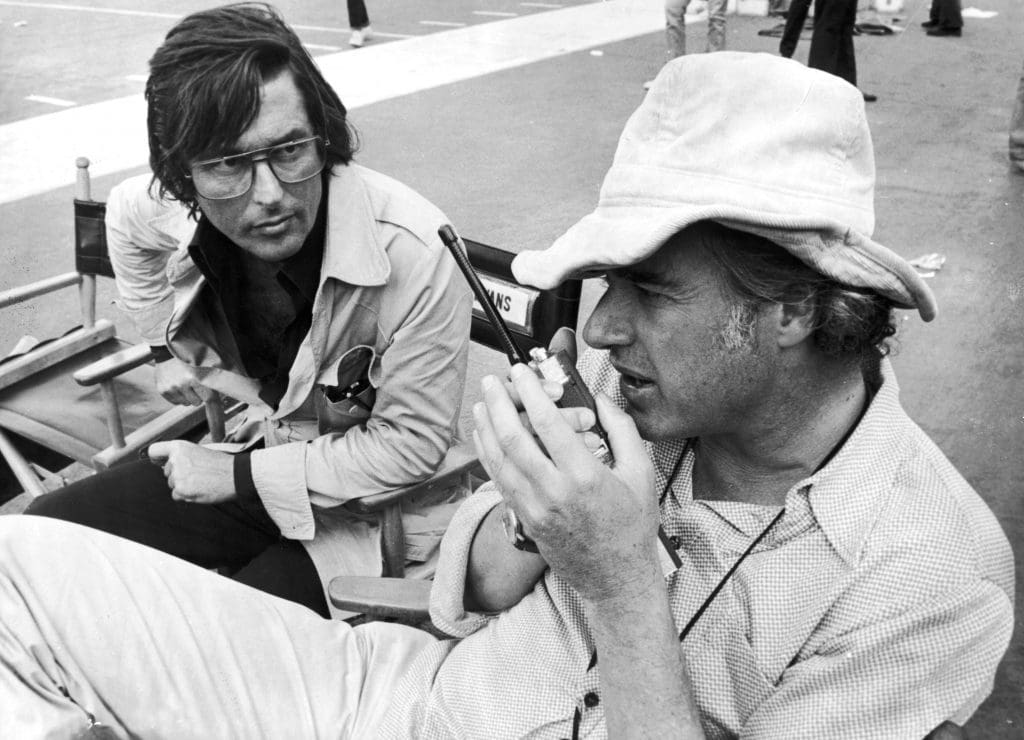

Perhaps, as it is with so many of us in our daily lives, certain items of clothing are a sort of charm or token to the artist. You could certainly bank on Jean-Luc Godard’s glasses being so. The tinted frames he has opted for through- out his long career seem to relay a mes- sage of indifference and insularity. They are wonderfully arrogant. Smoke-screens of Gallic nonchalance that make him appear unbothered by his audiences or critics, and perhaps even his cast and crew (Spike Lee also has a thing for frames, but his are bolder, more eccentric, and prob- ably communicating a very different pur- pose). If Godard or Bergman decided to leave these items at home one day, would their artistic process be diminished?
Probably not, but it is a humanising thought. That these gods of cinema – so sure of their abilities behind the camera – would need to dress as they were standing in front of it. Whether it is a beret, tinted glasses, a baggy shirt, or a neatly-pressed suit, the history of directors being photographed on duty proves that, as in their films, very little is left to chance.






